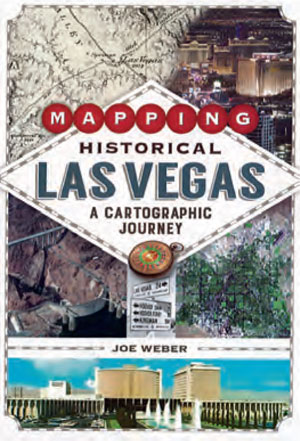The Golden Era of Sign Design: The Rediscovered Sketches of Beverly Sign Co.
 The Golden Era of Sign Design: The Rediscovered Sketches of Beverly Sign Co.
The Golden Era of Sign Design: The Rediscovered Sketches of Beverly Sign Co.
By Kelsey Dalton McClellan and Andrew McClellan
Chicago: Heart & Bone Signs and Heavy Pages Press, 2024
Hardcover, 216 pages, $85
Reviewed by William Swislow
It’s not often that you get to see technical diagrams of ghosts, but this book collects around 140 sketches that are exactly that — design drawings, complete with notes, color specs, and other instructions, from Chicago’s prolific Beverly Sign Co.


 Bowlarama: The Architecture of Mid-Century Bowling
Bowlarama: The Architecture of Mid-Century Bowling Mapping Historical Las Vegas: A Cartographic Journey
Mapping Historical Las Vegas: A Cartographic Journey